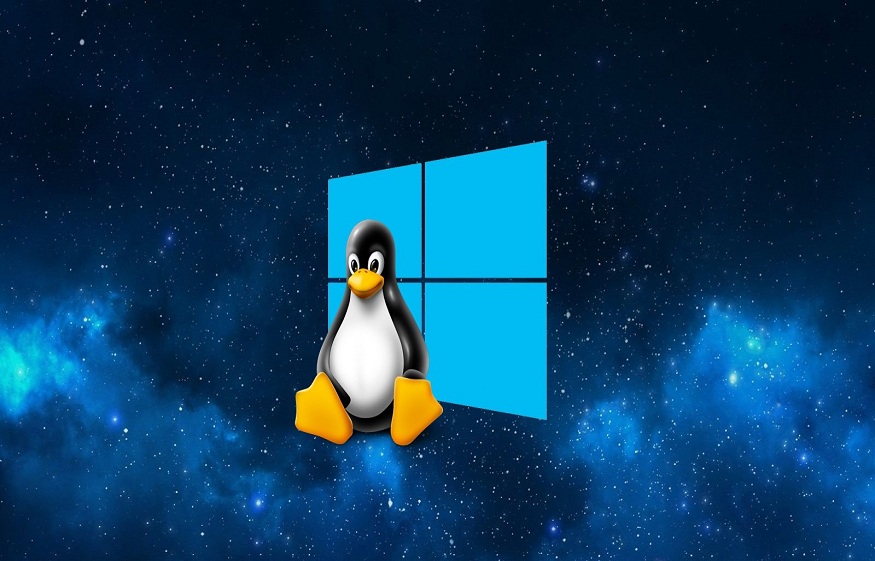This article will discuss the differences between Linux and windows 10 activator txt. We discuss some of the pros and cons of each system.Let’s start with a general overview of the Linux operating system. Linux is the computer kernel in its most basic form. A kernel is a built-in computer code that is used to communicate with hardware and other system software. It also performs all the basic functions of a computer.
The Linux kernel is an operating system that runs on a variety of hardware and for a variety of purposes. Linux is capable of running on simple devices such as wristwatches or cell phones, but it can also run-on home computers, for example, Intel, or AMD processors, and high-end servers using Sun. Spark CPU or IBM Power PC processor. Some Linux distros can run only one processor, while others can run multiple simultaneously.
Common uses for Linux include a home desktop computing system, or more commonly used for a server application, such as a web server, or a mail server. You can also use Linux as a dedicated firewall to help secure other machines on the same network.
Read more about : https://www.ourblogpost.com/windows-10-activator-txt/
Linux Torvalds, a programming student, first created Linux in 1991 as a variant of the Unix operating system. Linus Torvalds made Linux open source with GNU (GPL) (General Public License) so that other programmers can download the source code for free and modify it as they see fit. Thousands of coders around the world began downloading and modifying Linux’s source code, applying patches and fixing bugs and other improvements to make the OS better and better. Over the years, Linux has transformed from a simple text-based clone of Unix into a full-featured desktop environment and powerful operating software with unprecedented portability and variety of uses. Even most of the original Unix code has been written slowly from Linux over the years.
The real difference between windows and Linux
As Linux is open-source software, there is no single version of Linux; Instead, there are many different versions or distributions of Linux, suitable for different users and functions. Some Linux distributions include Gentoo and Slackware, which lack the perfect graphical environment for Linux experts, programmers, and other users who know their way around a command prompt. Distribution that lacks a graphical environment is best suited for older computers that lack the processing power needed to process graphics, or computers that have processor intensive work, where all system resources are at hand.
It is desirable to focus on the work, instead of wasting resources by processing graphics. Other Linux distributions aim to make the computing experience as simple as possible. Distributions like Ubuntu or Inspire make Linux much easier to use by offering a full-featured graphical environment that eliminates the need for a command prompt. Of course, the disadvantages of ease of use are low configuration, and the waste of system resources on graphics processing. Other distributions such as Sus try to find common ground between ease of use and configuration.
Windows aims to create an easy-to-use desktop environment without sacrificing connectivity. Windows users may notice that KDE looks similar to Windows. Another popular GUI (Reference # 7) is GNOME. Genome places great emphasis on simplicity and user ability. KDE is open source just like GNOME and is free to download. A notable feature of the genome is that it supports many languages; GNOME supports more than 100 different languages. Genome is licensed under the LGPL License (Less General Public License). Licenses allow applications written for the genome to use a wider set of licenses, including some commercial applications. The name GNOME stands for “GNU Network Object Model Environment”. The genome looks and feels the same as any other desktop environment. Flexbox is another example of a Linux GUI. Ease of use and low emphasis on eye candy

